Post-lockdown travel trends and the online revolution
by on 03.08.2020
COVID-19 has forced the world to a stand still.
In many ways, this pandemic is taking us back to the future, accelerating trends like online shopping and the use of technology, whilst taking us back to basics and reigniting a desire for simplicity and real connections.
Much has been written and debated on webinars about post-lockdown travel. I narrowed down some of the most relevant trends that could help the tourism sector prepare, package and promote their post-lockdown offering.
I will also touch on the online revolution that COVID-19 fueled and share a few insights that can help destinations and brands. If you've not been using your time fruitfully to get your digital platforms in order and talking to your loyal customers (assuming you’ve taken the trouble to build a good database and know who your fans are), you will be left behind.
Don’t fear, whilst you might have to play catch up, we can help you cut through the clutter and help you fast track your online journey so that you are able to reach and attract more customers. More about that later.
1. Hygiene and low-touch travel
The biggest factor in the revival of the tourism industry will be helping travellers feel safe and cared for. Giving our customers peace of mind should now be our greatest investment. One thing is clear, travellers will want to maximize their experiences while minimizing their risk.
As a result, one of the most important new travel trends to emerge after COVID-19 is ‘touchless travel’.
We’ve gotten used to social distancing and avoiding physical contact, and so too will the travel industry. We will see great innovation over the next few months in this space with technology driving new protocols and automation across the industry to keep contact between people to the minimum. The magic of travel lies in the interaction between visitors and local communities. People unlock the true beauty of places.
Rural regions and small towns stand to gain from travellers’ need for escapes that offer social distancing and soul enriching experiences. As small towns and communities we need to pay attention to balancing people’s need for touchless travel experiences with their desire to interact with local people, finding ways to keep the magic and the warm heart of hospitality beating.

2. Local travel and mini-breaks
The message is clear – if you want to travel post-lockdown, the best place to begin is close to home. This is the time tourism boards, regions and communities should be putting domestic and local tourism strategies and marketing initiatives in place, responding to local travellers’ desire to escape lockdown.
The restrictions on international travel will most likely stay in place for an extended time and even when the ban is lifted, the feeling of insecurity associated with long distance flights and crowded airports will inspire more local trips.
As more travellers seek out less crowded places, local destinations that were previously undiscovered will now benefit from an uptick in tourism. We are seeing a renewed appreciation of local culture, history and nature, which will translate in continued support for local businesses that will do wonders for reviving the local economy.
People also feel safest travelling in their own cars, so we can expect a surge in roadtrips post-lockdown. This means we need to target visitors within a 2 to 4 hour radius of the destination with attractive packages that speak to their needs and travel cravings.
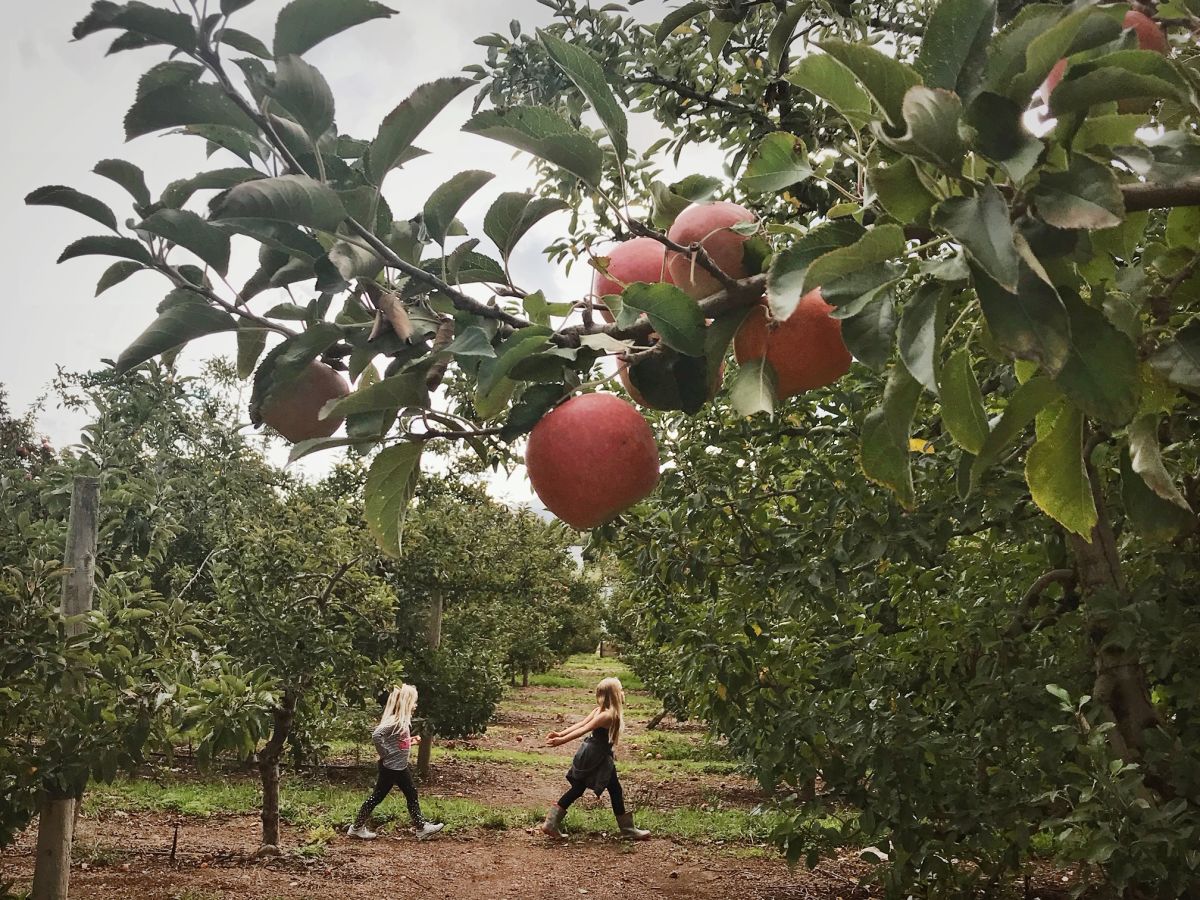
South Africa is a roadtrip paradise, boasting some of the world’s best scenic drives.
We have also heard talk of “travel bubbles” being established between destinations, allowing visitors greater peace of mind. It is a great opportunity for regions in South Africa to create safe travel bubbles between some of its towns with cross-regional themed packages targeted at specific markets like families, adventure seekers or foodies.
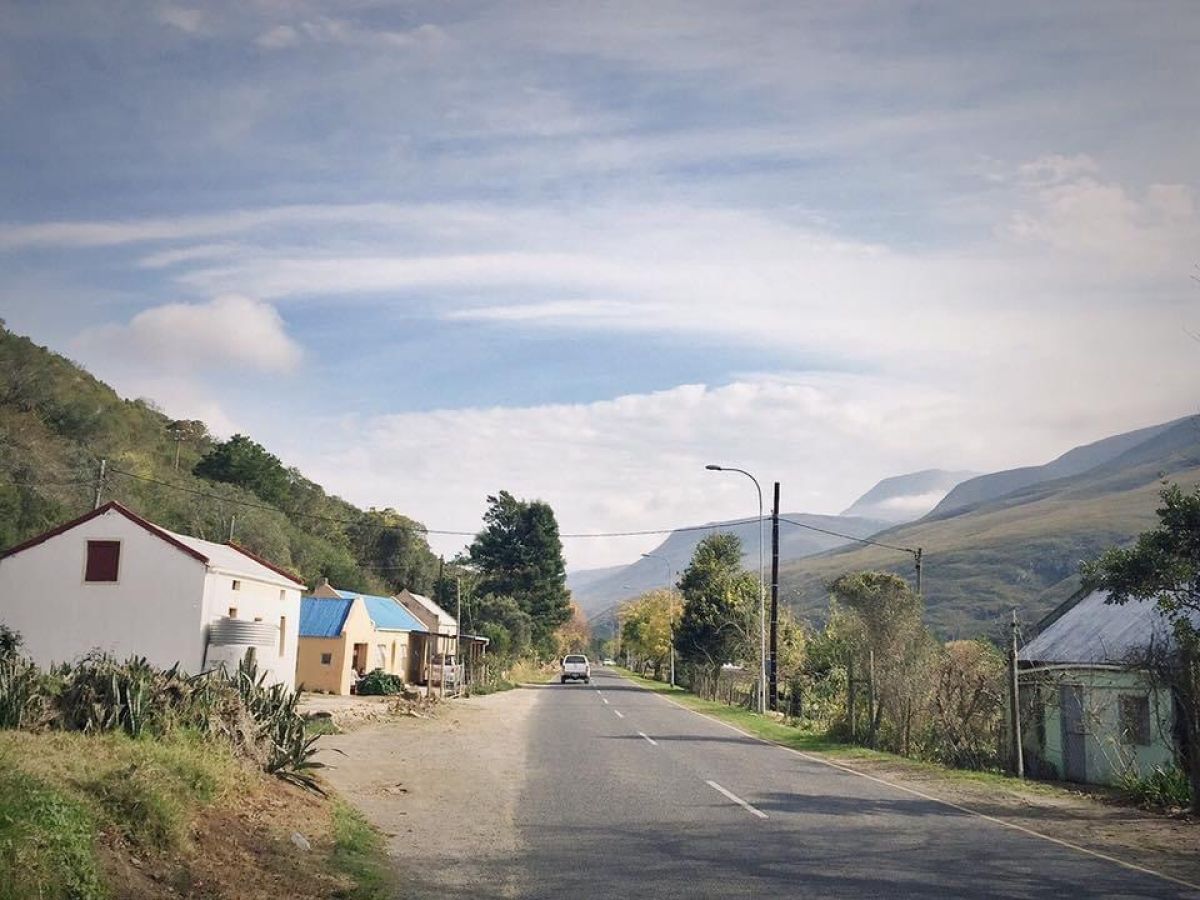
Put together epic road trip itineraries. Reach out and partner with other businesses around you. Invite local influencers and online storytellers to come and test drive what you have to offer, working together to punt your unique regional offering hard.
As we all get used to a new working environment, which is home based for many, we will want to take mini-breaks closer to home more frequently. The typical big annual holiday will be replaced by shorter, more frequent trips to places closer to home.
Beaches, mountains and charming small towns will be in high demand.
3. Nature and open spaces
One thing most people have been craving during lockdown is to reconnect with loved ones in nature, but they want to be assured of privacy and want to avoid crowds. South Africa has an abundance of nature experiences and large open spaces that lend itself well to country getaways and outdoor adventures post-lockdown.
Destinations that have plenty to offer in nature allow visitors the opportunity to put together social distancing and discovery and contact with nature, which many of us have come to appreciate more than ever before.
Nature travel will definitely be the new post-lockdown luxury.
It will be important to promote this aspect of the region as people turn to nature to find a sense of peace and healing.
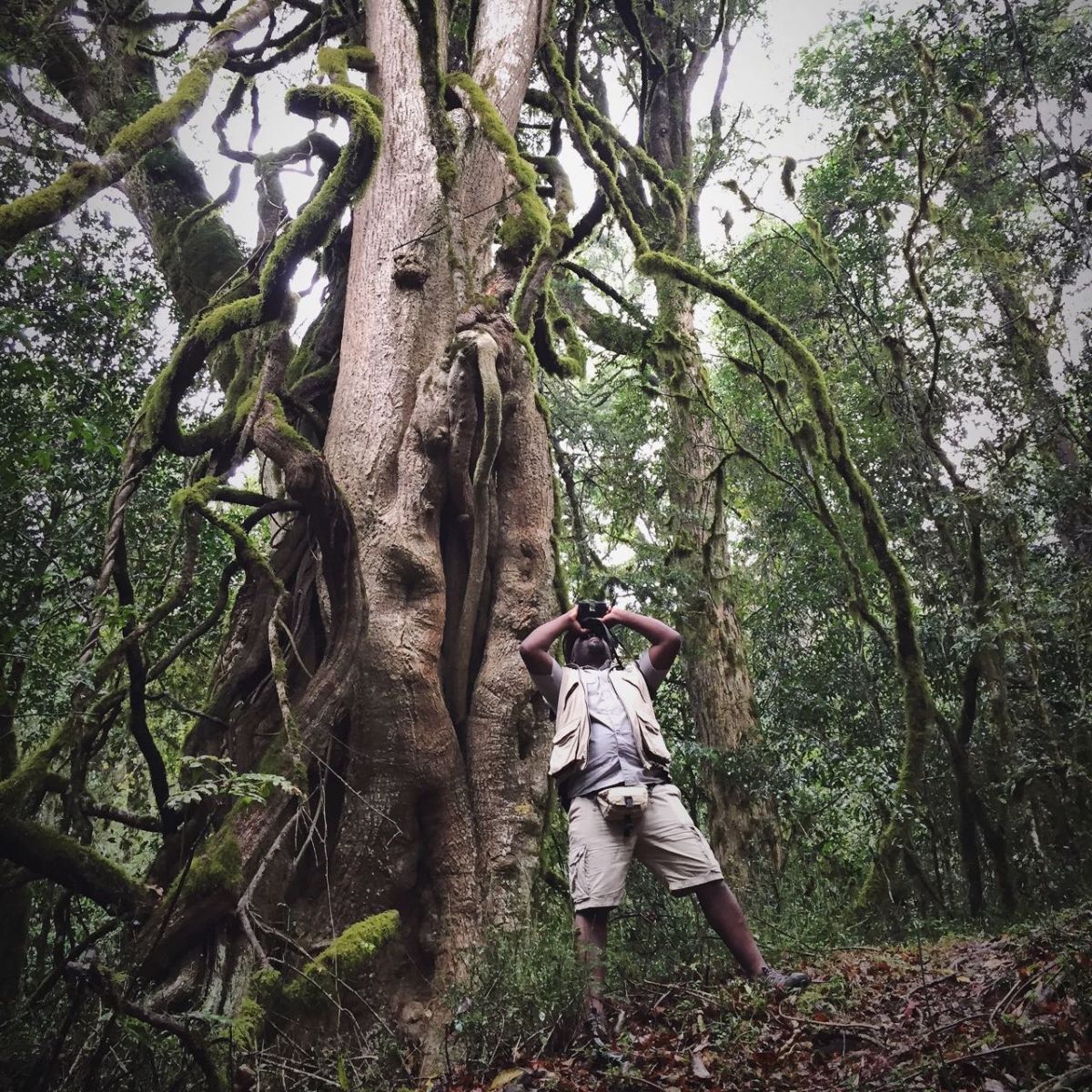
4. Family and friends getaways
Families and friends have been kept apart by this pandemic. We’ve missed birthdays, anniversaries, weddings and other special occasions, and crave reconnection. There is a great desire to reunite once it is safe to do so in places that are not just beautiful, but can offer us the kind of setting that will make our reunions memorable and special.
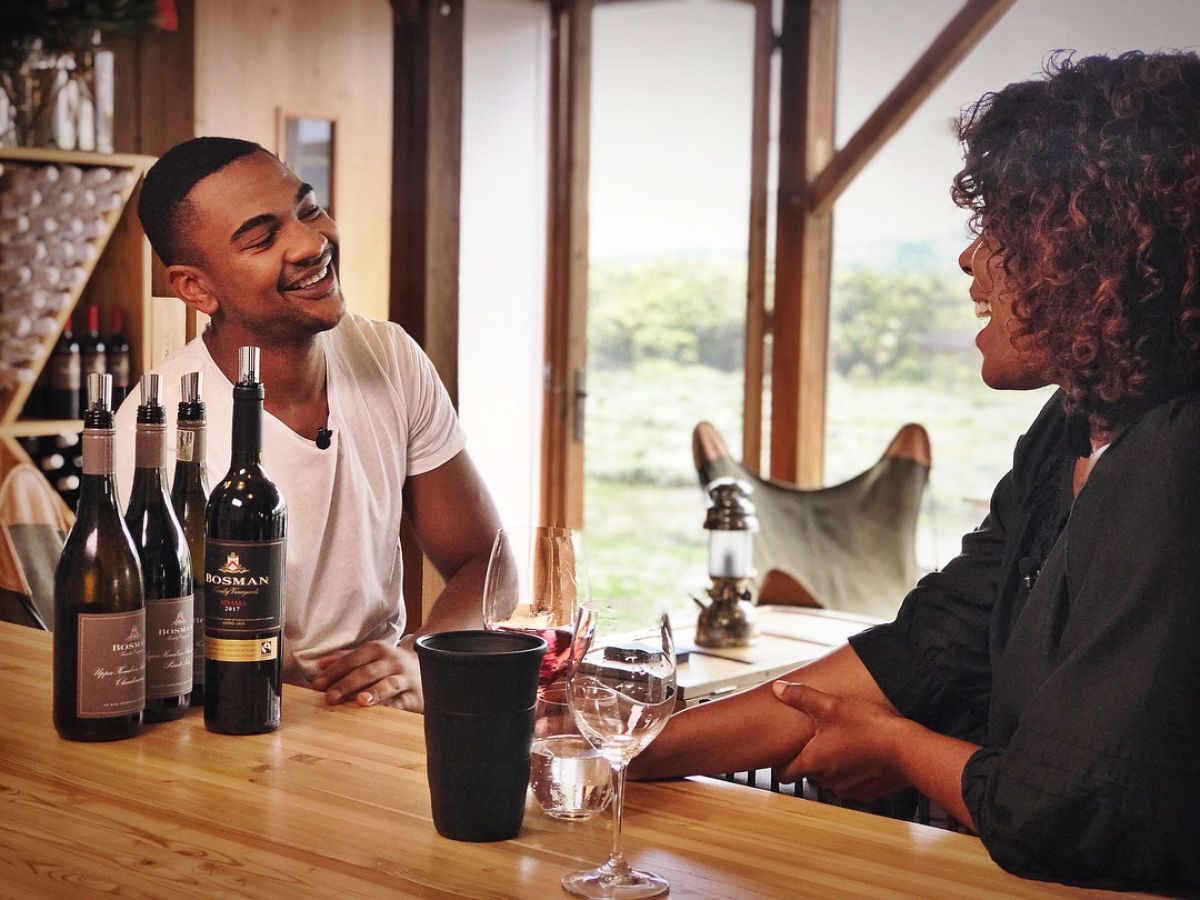
We are likely to see people return to places that hold special meaning to them. We will also see a different kind of “travel bubble” emerge in the form of travel groups.
Friends and family members will feel safer travelling together and will prefer to share accommodation and transport space to minimize contact with other people and continue to practice social distancing.
Destinations and places that can cater for family and friend groups will do well post-lockdown and should invest in well-curated group itineraries and value-add travel packages.
5. Budget, flexibility and transparency
Younger, more adventurous travellers are expected to be among the first to travel, whilst older travellers will stay closer to home for longer. Younger travellers will be looking for destinations that offer them a mix of thrill, value and bucket-list experiences.
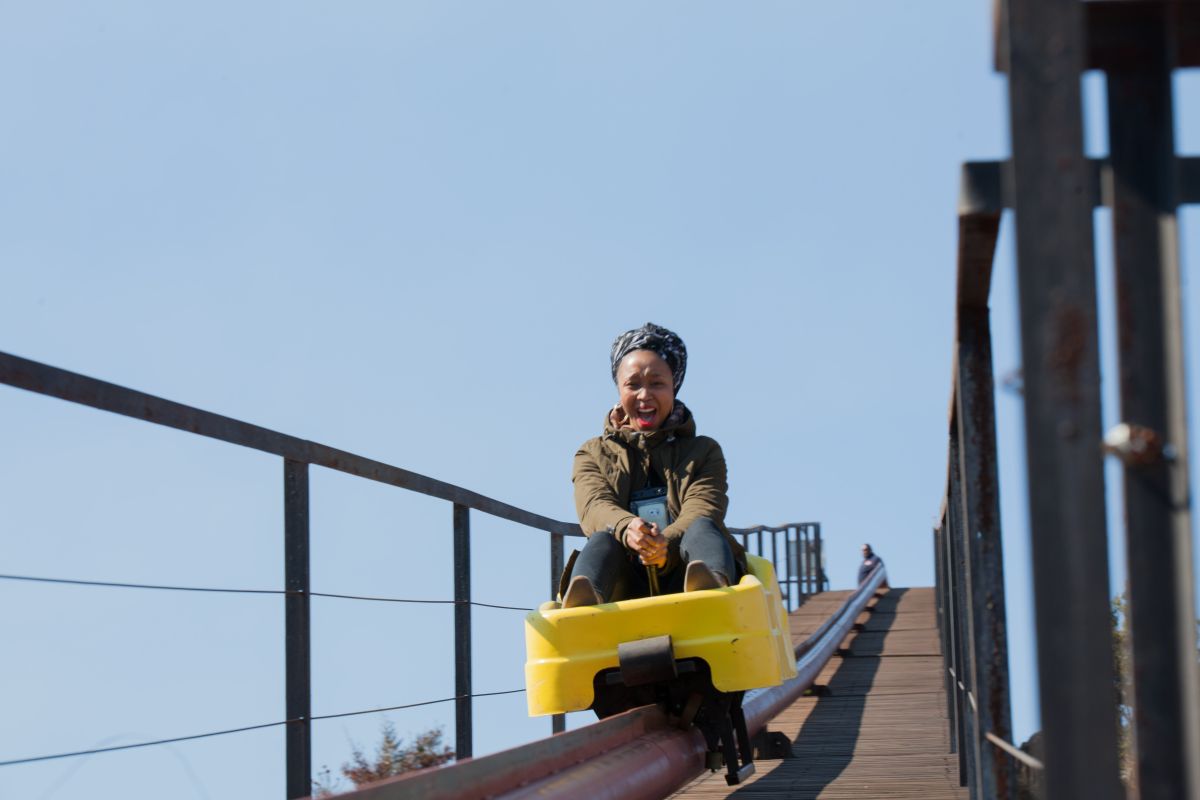
We touched on the importance of providing people with peace of mind. The uncertainty of the past few months has created great anxiety and our ability to provide flexibility and hassle-free transactions will be key.
Flexible booking policies without penalties, easy online booking experiences and all-inclusive travel packages are non-negotiables.
So let’s talk about online.
The COVID-19 pandemic has been the unexpected catalyst for a digital transformation that has been way overdue.
This will have a long-term impact on travel behaviour, the destinations people choose to visit, what they buy, the kind of experiences they invest in and also who they choose to buy from.
Two elements that are now crucial in any brand or destination’s digital strategy is the importance of being customer-centric and having an omni-channel sales strategy.

When it comes to destination and tourism websites, the visitor must be at the heart of the plan. Understanding what drives their online behaviour and buying decisions is important. Shopify explains an omni-channel strategy well. It simply focuses on every customer interaction and their overall experience of your product and brand. In other words, it is an approach to sales and marketing that provides customers with a fully-integrated shopping experience by uniting user experiences from brick-and-mortar to mobile-browsing and everything in between.
Your website must be at the centre of your digital strategy. You have to ask yourself an important question. What should my website’s main job be? There can be no confusion, because it will translate in a bad customer experience.
Striking a balance between information dissemination, inspiration and good local storytelling is key.
I’ve said this often, but our story is our only unique selling point. Locals and travellers themselves best share this story. This is why collaboration between tourism boards, passionate local businesses and local content creators to create a web experience that not only inspires, but converts inspiration into actual visits and bookings; is so important.

To be truly relevant we have to create web experiences that are of real value to travellers. It is hard to leave the clutter of traditional tourism websites behind, but being able to present a destination in a simple and compelling way online is the only way to go.
The principles that inform our approach to website development include:
- Simplicity that favours streamlined navigation
- Integrated user-generated content
- Visually appealing with high quality images that speak to the tone you want to set for the destination or brand
- Find innovative ways to connect with customers through-out the site and invest in a CRM system that helps us understand what makes our customers tick so we can communicate with them more effectively, generate more bookings and build a loyal and passionate online community
- Focus and flaunt your best attributes
- Promote the destination in a manner that is not just tonally appropriate, but generous, inventive and genuinely uplifting (especially in the light of the pandemic and the hardship people are facing)
- Give people what they crave with good value, all inclusive themed packages tailor-made for specific target markets like families, outdoor and nature lovers and foodies
- Put the spotlight on a community that is working together to overcome this crisis and are committed to welcoming visitors in a nurturing, safe and caring manner, putting their safety first
- Combine unique, personal storytelling along with visually captivating cinematic videos that really resonate with viewers
- Establish a strong and clear call to action throughout the site with easy navigation to make the online planning and booking journey an enjoyable and intuitive one
A final word on why local is best
Our goal is to reach people at home and touch their hearts in such a way that inspires them to visit. To do this we need to showcase places and experiences from the perspective of real people, rather than a tourism board or a marketing agency.
People travel in large part to meet other people and this is definitely something we have all missed during lockdown. We need to instill a desire to visit by creating human connections and sharing stories of people that others can relate to and that make us feel an affinity with a place and its people.
Research suggests that holidays are purchased by life stages and are not necessarily by age demographics. Examples include travellers under 45 without kids, young families with children under 5, older families with children over 5 and travellers over 45 with no kids at home.
Knowing who our target audience is and what they expect from their travels is just as important as knowing where and how they book. We need to ensure we are targeting the right family, couple or solo traveller with the products, packages and experiences we offer.
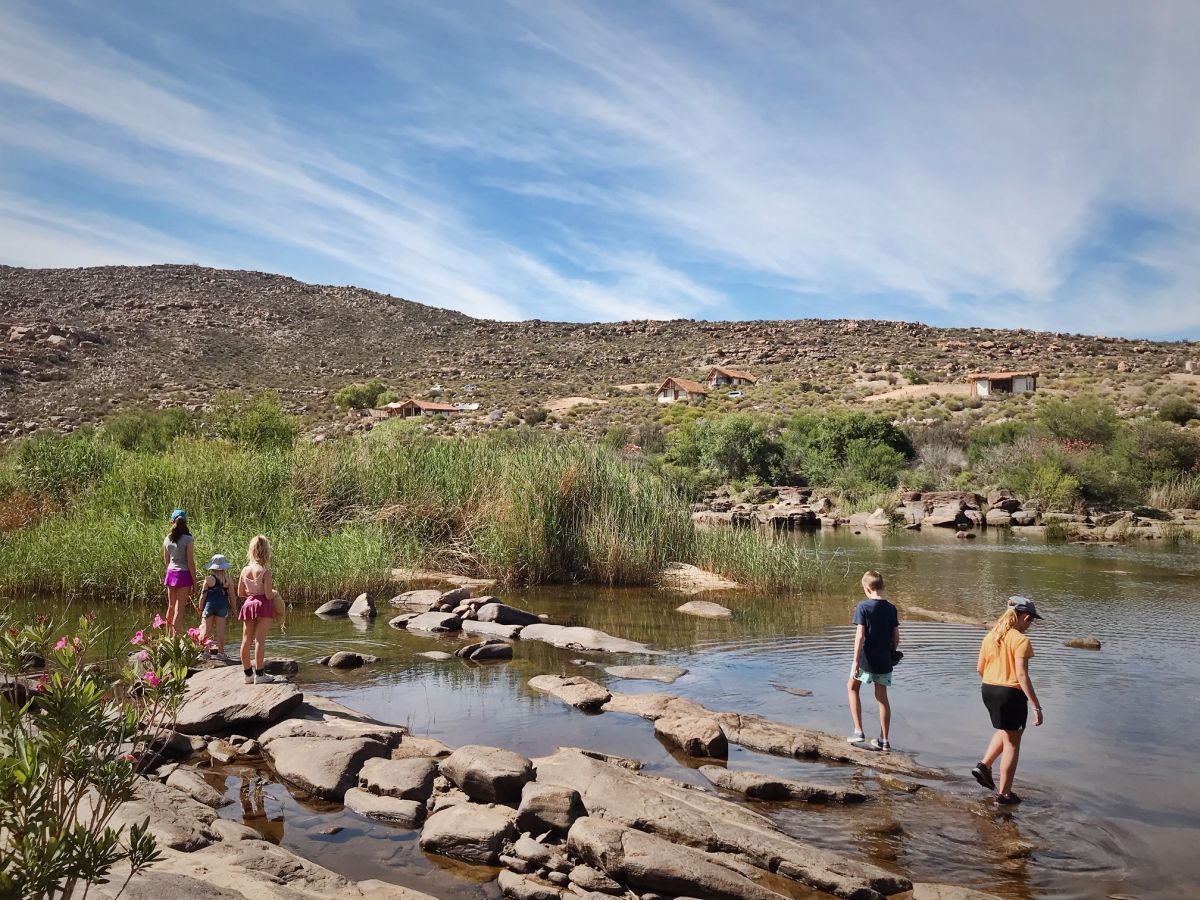
There is a growing need for dynamic packages that not only sell a holiday but create experiences and memories. This type of emotional rational is heightened by the lust and need for adventure. This trend will be accentuated post-lockdown as travellers plan for their special post-lockdown getaways. A customer centric approach to website development and ecommerce is important. The customer’s online purchasing experience starts well before they actually choose or buy anything – and only ends once they have received the product or visited the destination.
What is often missed in the travel sector is the retention of loyal customers. Providing an experience which is positive in all aspects will result in repeat purchases – they are unlikely to try a different platform if they have received the best possible service, deal, dynamic package, and feel part of the region or brand’s online community.
Assigning dedicated resources to manage online enquiries and engagement with consumers on social media is now a non-negotiable and valuable investment. Take resources away from the floor or reception and put them on your online platforms, permanently.
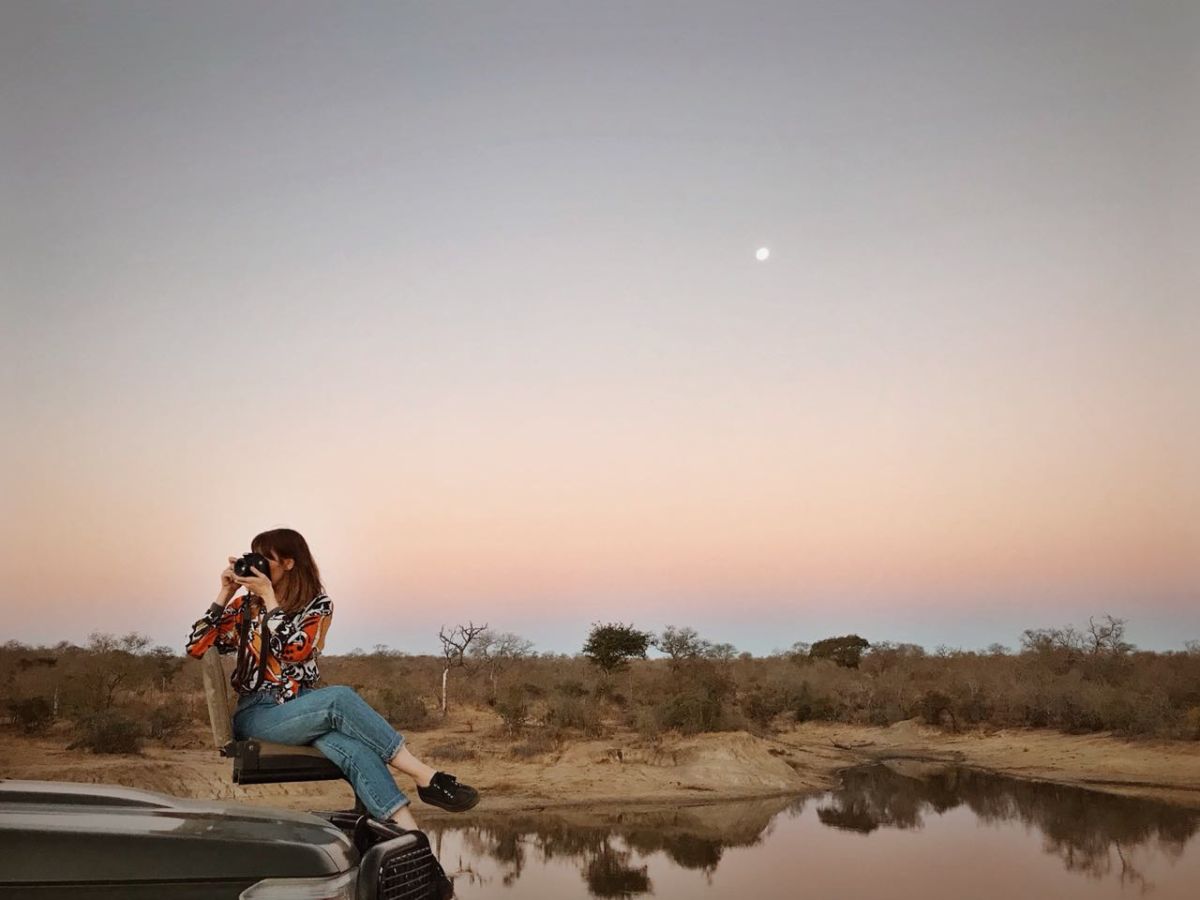
If you need help with your digital strategy, website review or development or need us to support you with your post-lockdown readiness plans, reach out to us at info@destinate.co.za. We also host online training and marketing workshops and do group or individual business mentorship sessions.
For local travel inspiration or to list your local travel deal visit https://www.stayhomesouthafrica.org/ and use #stayhomesouthafrica to share your local travel experiences on social media.